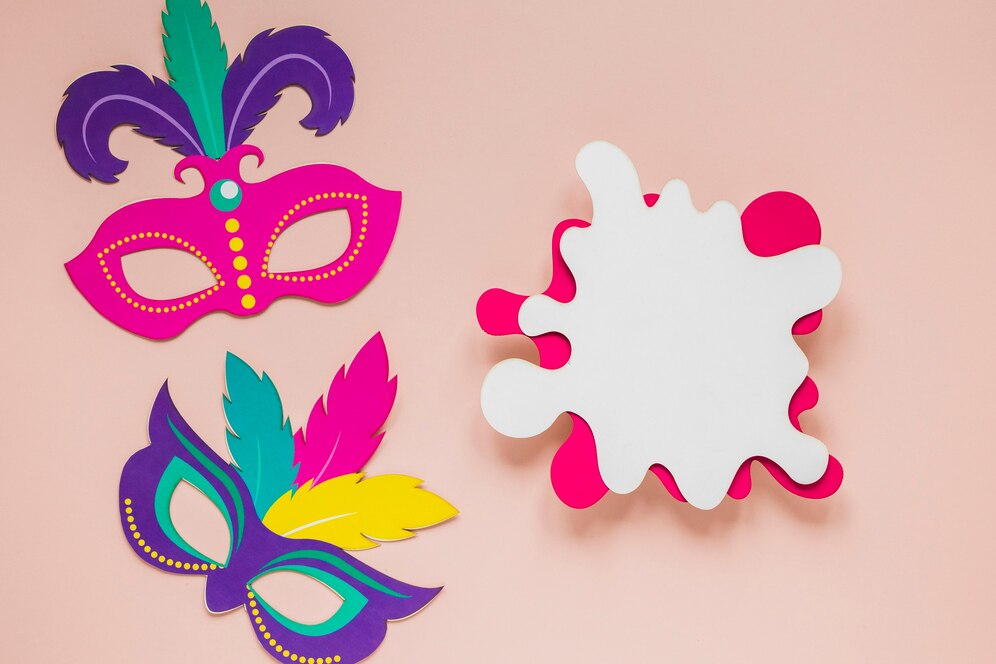
How to Spot Authentic Celebrity Memorabilia: Collectors’ Tips
Collecting celebrity memorabilia is more than just having a signed photo or an old concert ticket. It’s about preserving a piece of pop culture. It’s also about investing in something rare. Plus, it helps build a real connection to a celebrity. Memorabilia demand has risen in recent years. Music icons, sports legends, and A-list actors drive this trend. But so has the rise of counterfeits.
As the collectables market grows, finding real celebrity memorabilia is now an art and a science. Fake autographs and certificates of authenticity (COAs) can fool untrained buyers, and mass-produced replicas also mislead people. This guide helps everyone, from beginners to experts, spot real memorabilia. It also helps you dodge scams and build a valuable collection.
Pro Tip from Experts: Always buy from sources that provide COAs from trusted third-party leaders. Look for PSA/DNA, Beckett Authentication Services (BAS), or James Spence Authentication (JSA).
Quick Guide: How to Spot Real Celebrity Memorabilia

Before we dive into the deeper layers, here are the most essential factors to check:
- Certificate of Authenticity (COA): It must come from a trusted third party, not just the seller.
- Provenance: Investigate the item’s history, origin, and how it was obtained.
- Autograph Analysis: Compare with known authentic signatures using online archives.
- Physical Inspection: Look for paper quality, ink consistency, and tool markings.
- Pricing Red Flags: Unrealistically cheap prices usually indicate replicas or fakes.
These elements can quickly help you filter out suspicious items from promising finds.
Important Consideration: Many sellers now include COAs that look professional but are completely fabricated. A genuine COA is verifiable—often with a serial number you can check online.
Core Concept: What Makes Memorabilia “Authentic”?
Authenticity is about verifiability, origin, and trust. Real memorabilia comes from a celebrity, their team, a public event, or certified auctions. The value lies not just in the physical object, but in the ability to confirm its story. Without proper authentication and provenance, a real item can lose its investment-grade value.
High-end collectors prefer items with full documentation, even if they are pricier. In the world of celebrity memorabilia, documentation drives both credibility and price.
Step-by-Step Guide: Spotting Authentic Memorabilia
Step 1: Understand the Types of Memorabilia

Not all memorabilia is created equal. The type of item you collect impacts how it should be authenticated.
- Props or Costumes: Need production documentation or screen-matching analysis.
- Autographs: Require signature authentication by comparing pen pressure, style, and slant.
- Instruments or Personal Items: Include the ownership history and records of original purchases or gifts.
- Event-Used Items: May be verified by ticket stubs, stage footage, or event personnel.
Understanding your item category determines the next steps for verification.
Step 2: Scrutinise the Certificate of Authenticity (COA)
A legitimate COA includes:
- A matching serial number tied to the item
- Precise details like event, item description, and signer’s name
- A database lookup option to verify online
- A physical or digital signature from the authenticator
- Sometimes, even a holographic sticker on the item itself
Avoid COAs that only say “Authentic” with no serial, company name, or means to verify.
Trusted COA Providers:
- PSA/DNA
- Beckett Authentication Services (BAS)
- James Spence Authentication (JSA)
- R&R Auction
- Gotta Have Rock and Roll
- Heritage Auctions
Step 3: Examine Autographs Closely
Many forgeries are machine-generated or traced copies. Here’s how to tell the difference:
- Check signature flow: A real autograph is smooth and done in one motion. Fake signatures often appear shaky or inconsistent.
- Ink dispersion: Real pen ink seeps into paper. Fake ink often sits on the surface, especially if it’s printed.
- Compare against known signatures: Use online databases like AutographCOA or PSA Autograph Facts.
- Look for autopen evidence: Common with political or celebrity bulk mail. These are machine-produced signatures that lack pen pressure or natural variance.
Pro Tip: UV lights can reveal hidden flaws or tracing lines in forgeries.
Step 4: Verify the Item’s Provenance
Provenance is the history of the item. Ask for any documentation, such as:
- Photos of the item being used (e.g., a guitar played on stage)
- Screenshots from movies for props or costumes
- Receipts from original purchases or auction certificates
- Letters of authenticity from celebrity estates or staff
For a “Michael Jackson glove,” include production photos, original auction papers, or shipping documents. It shouldn’t rely only on the seller’s word.
Step 5: Avoid Mass-Produced Items Misrepresented as Rare
Many items are mass-manufactured “tributes” that have no direct connection to the celebrity:
- Reprints of signed posters with printed autographs
- Factory-made replica props sold as “original”
- Event souvenirs (e.g., laminated passes or backstage lanyards) misrepresented as personally used
These may seem real, but they are often worth much less—or nothing— to collectors.
Step 6: Buy from Trusted Dealers or Auction Houses
The most reliable purchases come from professional, vetted sources:
- Julien’s Auctions: Specialises in celebrity estates and music memorabilia
- Heritage Auctions: Offers sports, entertainment, and historical items with complete verification
- RR Auction: Known for politically and historically significant collectables
- Gotta Have Rock and Roll: Focused on music legends and pop culture icons
These sellers provide buyer protections, clear documentation, and open bidding. These are crucial for high-quality memorabilia.
Best Practices & Additional Insights
- Preserve items properly: UV-protected cases, acid-free sleeves, and low-humidity storage are essential.
- Digitise documents: Scan COAs, provenance papers, and receipts. Save both digital and printed copies.
- Track market values: Use collector platforms to monitor current selling prices and trends.
- Connect with other collectors: You can join forums like Autograph Live or r/Autographs on Reddit. You can learn, identify red flags, and share tips.
- Insure valuable items: If your collection is worth thousands, consider getting insurance for collectables.
FAQs
Q: What’s the fastest way to verify an autograph?
A: Compare it with certified examples from PSA, Beckett, or JSA databases. If you’re unsure, send it in for authentication.
Q: Are holograms enough proof?
A: Not by themselves. Holograms are easy to fake and must be cross-checked with a COA and a reliable database.
Q: Is signed merchandise from concerts authentic?
A: If signed in person, yes—but only if you can prove it (e.g., photos or witness COAs). Otherwise, verify post-sale.
Q: Do celebrity estate sales guarantee authenticity?
A: Often yes, but still check the COA and seller reputation. Some estates outsource sales to auction houses, which may include disclaimers.
Q: Are digital autographs collectable?
A: They’re fun for fans. They only have value for collectors if linked to NFTs with blockchain verification.
Conclusion: Own the Moment—Authentically
The world of celebrity memorabilia is thrilling, nostalgic, and potentially profitable. But only when you know what to look for. A bit of doubt, a keen eye, and trusted sources can really help protect your collection and wallet.
Grow your collection gradually. Check each item twice. Enjoy the thrill of owning something truly rare. Real memorabilia, like a signed guitar from a rock star or a costume from a movie, connects you to history. So, ensure it’s authentic.


